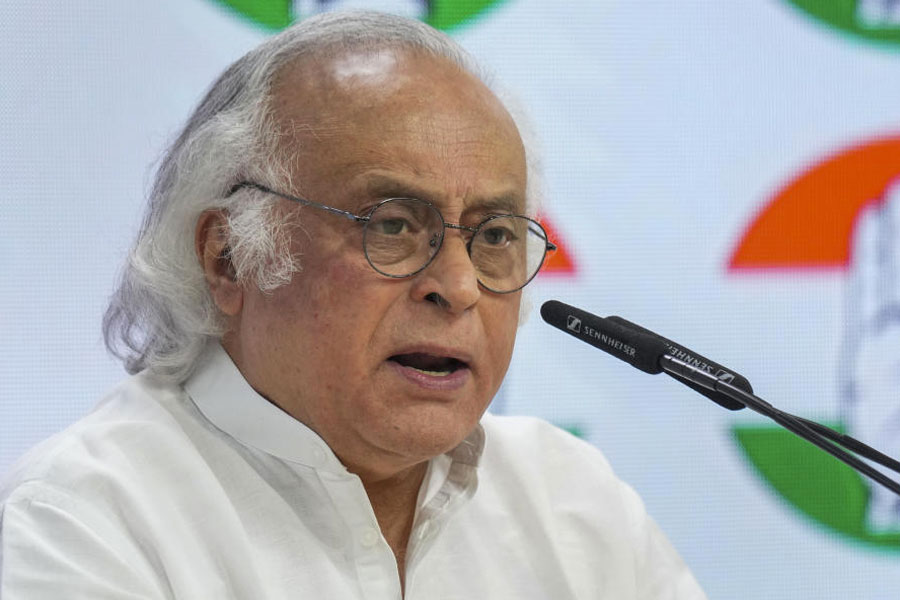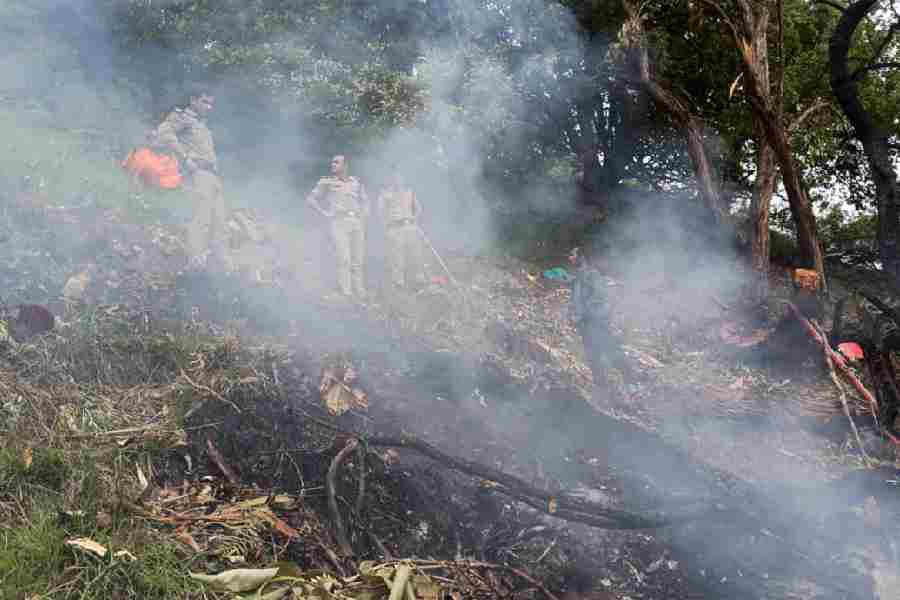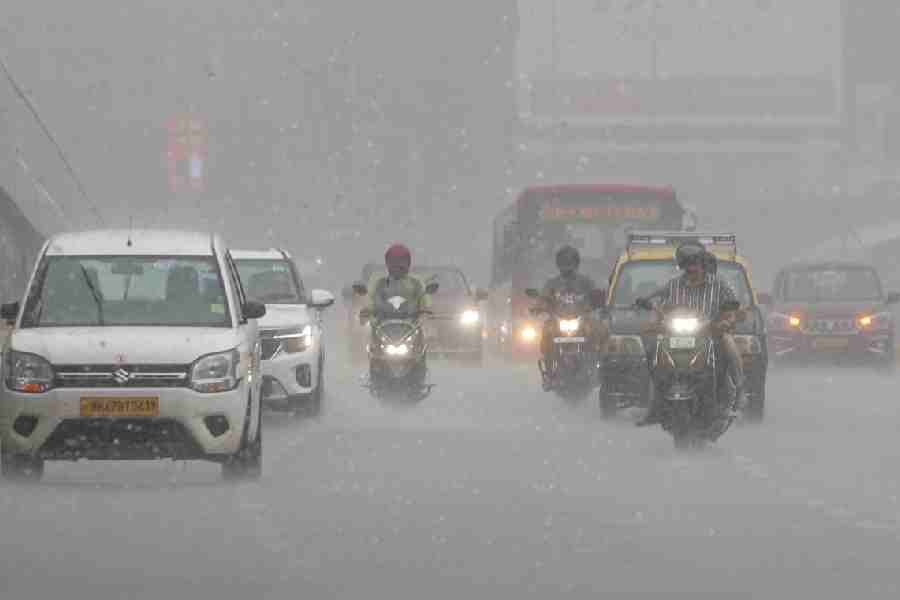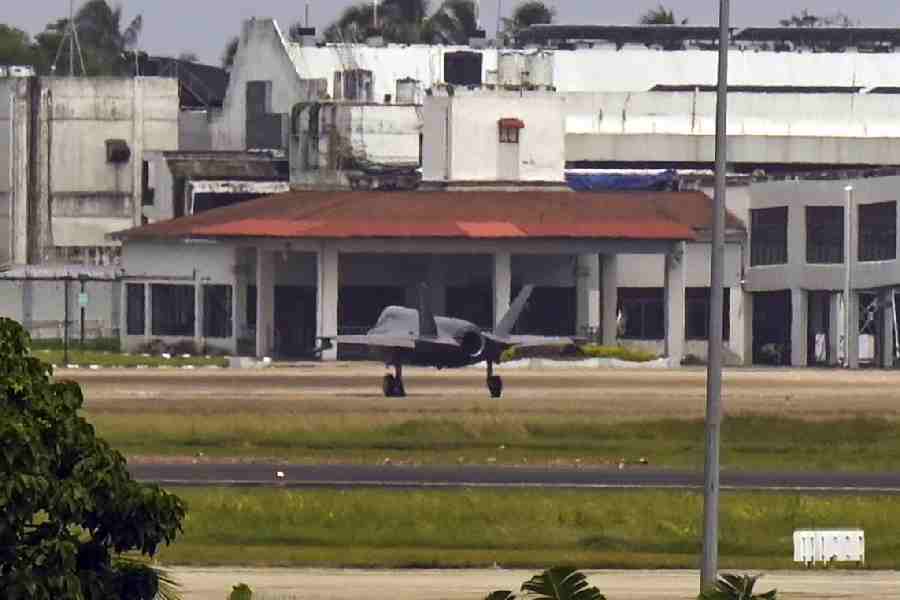
Ranchi, Dec. 30: The mine tragedy in Godda, which NDRF rescuers have termed "manmade", has reopened the chapter on safety that coal PSUs and other stakeholders in Jharkhand read, but only to forget.
Although, the Directorate General of Mines Safety prescribes a set of protocols for operations in various types of mines, experts at the Indian Institute of Technology (Indian School of Mines), Dhanbad, underscored how blatantly the rules are violated time and again.
"Jharkhand has more underground coal mines (depth ranging between 150 metres to 300 metres) than open cast ones. Naturally, the safety machinery is more focused on the deeper mines even though open cast pits are no less prone to mishaps," Dhiraj Kumar, a mining professor at IIT (ISM), told this newspaper.
In open cast mining, layers from the soil are first removed in succession to excavate coal. Once the job is done, those layers are put back in same order. In underground mining, a pit or well is created and one goes through a tunnel to excavate minerals located at a particular point.

Abandoned or active, accidents at mines and mining sites are common in Jharkhand. There have been many a tragedy in the past. "Over the past decade, stress on mining safety has increased with the DGMS launching crackdowns on errant firms, but we still have a long road to cover," Kumar said.
Some basic safety and study requirements for open cast mining, according to experts, are scientific reading and assessment of fault planes, routine study of dump laying, and its height and weight assessment to prevent collapse threats.
"Designing of dump layers should be such that they stand stabilised. Assessment and regular review of carrying capacity of the surface road and allowing heavy vehicles to ply accordingly should be done," said Kumar.
R.M. Bhattacharjee, another IIT (ISM) professor, said safety considerations towards open cast mines are inversely proportional to demand. "Statistically speaking, Coal India production is only 6 per cent through underground mining today while 94 per cent is from open cast mines. Everyone prefers these mines because they are easier to access. But, safety standards are abysmally low," he said.
Even the statutory rules of the government are not binding on open cast mining. "For underground mining, which of course is the most dangerous, there are several rules and regulations in place. However, there aren't many measures listed for open cast mining, apart from very basic ones. Yesterday's cave-in should be an eye-opener for the government," Bhattacharjee said.
The professor maintained that his sources had revealed that the Lalmatia colliery site, where 11 workers have died and many more are feared trapped, hadn't been an operational mining site until a few months ago. "Now, if work has suddenly resumed, I wonder whether scientific assessment has been done to prevent cave-ins," he said.
Outsourcing jobs by PSUs to private agencies is also contributing to poor safety, the experts added.











